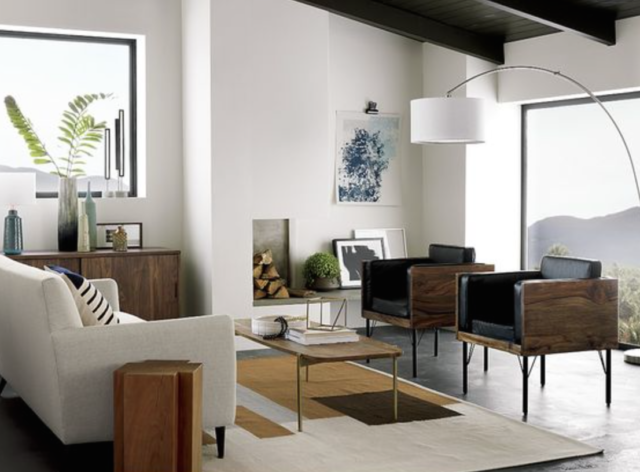Timber veneer design trends in 2017
What’s hot for 2017 in terms of timber veneer? Well, we’ve had our ears to the ground and noticed slight changes in preferences during the last few months. Rotary veneer is enjoying an upswing in popularity as are veneers natural in variation and features. There has also been an increased appetite for mismatched panels and products that are more innovative.
High quality rotary veneer is an alternative to sliced veneer in some species. Rotary veneer has a very different look to sliced veneer because the mechanism used to produce them is very different. Veneers that are “rotary cut” are peeled on a lathe. Historically, this cut has been used for plywood manufacture and creating engineered wood panels. However, the unusual appearance of rotary cut veneer has increasingly caught the eye of designers, with interest gathering pace together in-line with the increased appeal of appearance grade plywood. Rotary veneers can also give the look of plywood where a project specifies a requirement that plywood cannot fulfill or it’s not necessary for other reasons.
Timber veneer is loved for its natural beauty, with veneer varying from species to species, log to log, and panel to panel. It’s a veritable smorgasbord of choice in terms of potential design outcomes that can never be repeated. Historically, veneer manufacturers have aimed for consistency in colour and grain, however there is an undeniable shift towards veneers exhibiting some natural feature in certain species. This ‘feature’ can vary from species to species, but commonly can include gum veins, pin hole, ambrosia, colour variation, sapwood. Such features can give the finished product a rustic look, but more importantly creates a one-off bespoke outcome.
Following the trends towards veneers highlighting a species’ natural features is the emergence of an increase in popularity of mismatched panels. As with feature grade veneers, architects and designers are looking at ways to ensure they projects stand out from the rest. Mismatching panels creates increased contrast in projects and can amplify the natural colour and grain variations in the veneers. Additionally, a mix of crown and quarter-cut veneers can be used to create another variable. This mismatching has been popular in flooring for some time, so it would appear that veneer panels in some species is going down this path as well.
We also expect the demand for innovative products to continue. Our Fireply range has received significant interest since its launch last October. Matilda Fireply is a superior alternative to fire-retardant (FR) MDF and other non-wood building materials, which have traditionally been used when the highest level of fire resistance is required.
Compared to FR MDF, Fireply is lighter, more impact resistant and stronger pound-for-pound. Fireply is designed for use in commercial interiors and other applications where improved resistance to fire is required. It’s easy to machine, offers dimensional stability and ready to use upon delivery, no other fire treating required. In addition, we are also developing a range of rough cut veneers, which adds a tactile element to veneers. It’s popularity in Europe is on the rise and we’re certain it won’t be long before you’re seeing these veneers in furniture and panels in residential and commercial projects around the country. We’ll be sure to keep you up-to-date with a number of innovative products coming onboard in the coming months.
As always, we remain committed to sourcing and manufacturing beautiful, unique and special timber veneers for architectural specification. If there is a particular design outcome you are looking to achieve with a veneer, please don’t hesitate to get in touch with the team.



